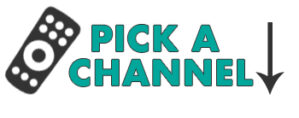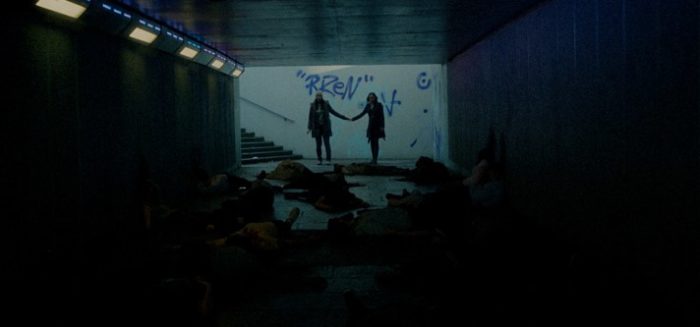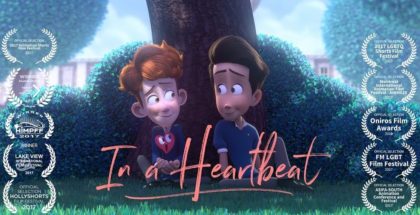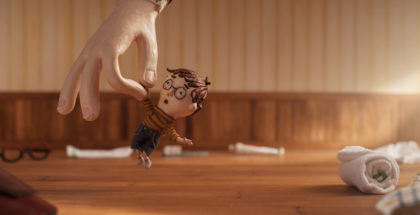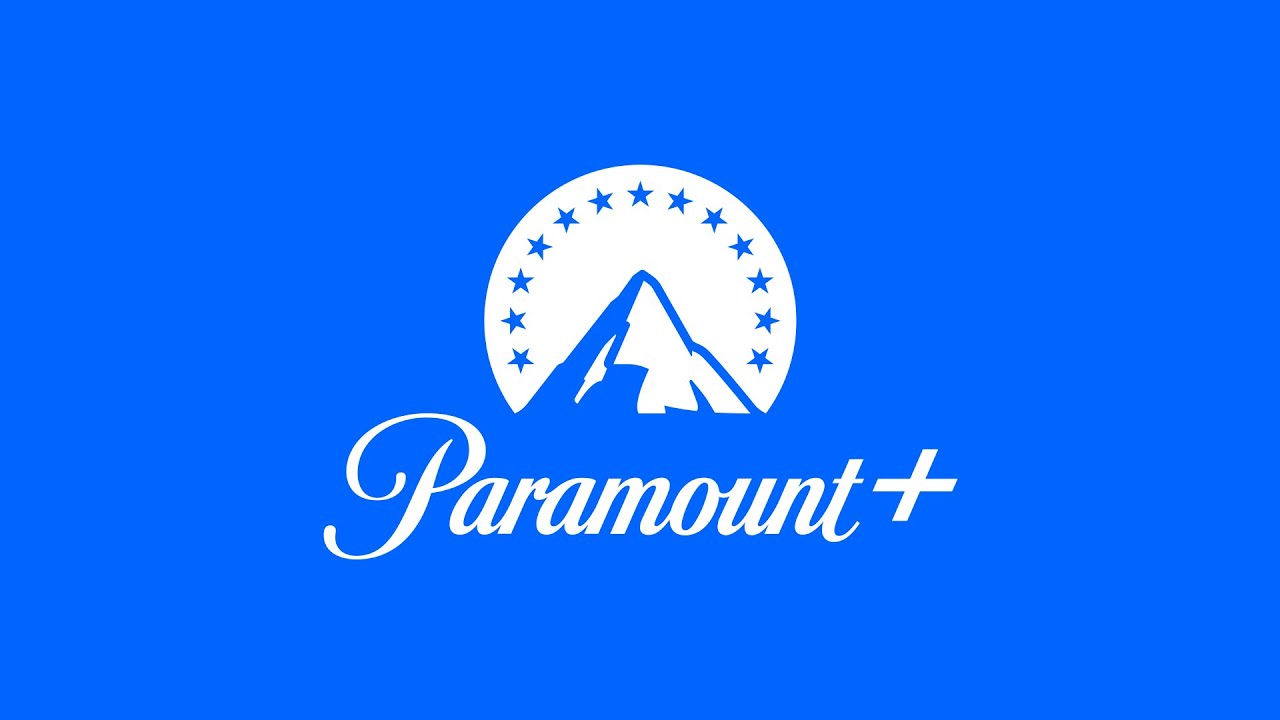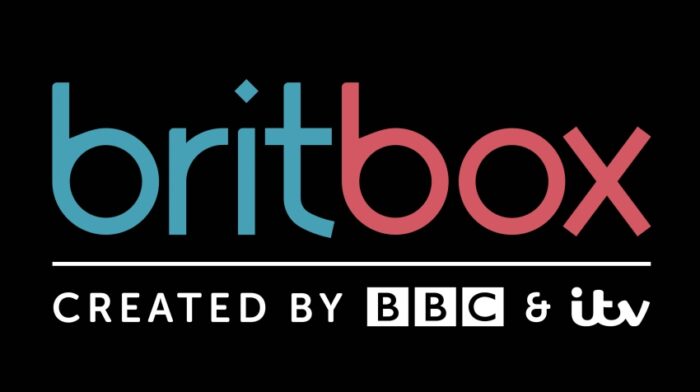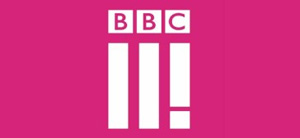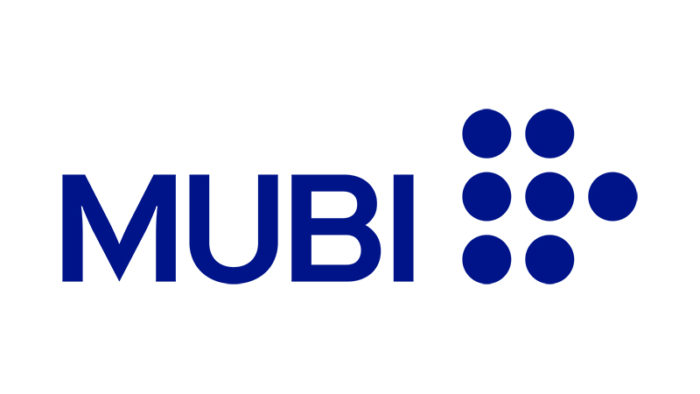Short film review: Dawn of the Deaf
Review Overview
Idea
10Execution
10Empathy
10David Farnor | On 25, Jun 2017
Director: Rob Savage
Cast: Caroline Ward, Haley Bishop, Radina Drandova
Runtime: 12mins
Watch Dawn of the Deaf online: Vimeo
Every Sunday, we review a short film available on VOD. We call it Short Film Sunday.
“I don’t care who sees us. I’m not ashamed to be with you.” That’s Nat (Haey Bishop) talking to Imogen (Radina Drandova) in London’s Waterloo underpass in the short film Dawn of the Deaf. If it weren’t for that title, you could be watching a romantic drama about two young women struggling to balance their feelings for each other with their concerns about how the rest of the world perceives them. The same is true of every single person and situation that unfolds in this 12-minute gem – a horror that manages to overcome any genre cliches to focus on humans that feel all too real.
It’s par for the course for director Rob Savage, who emerged in 2012 with micro-budget drama Strings, which picked up a British Independent Film Award after premiering at Raindance. There, he used his lack of resources as a strength, crafting a web of messy relationships full of the awkardness of adolescence, marking him out as a filmmaker to watch. Fast forward five years and that promise has become increasingly clear to film-watchers around the world, from his excellent short Absence, starring Paul McGann, to this new horror, which screened at FrightFest in 2016, before going on to hit Vimeo, where it has promptly been highlighted as a Staff Pick.
Savage’s knack for immediately believable characters is superbly deployed here, breathing undead energy into a genre that became stale several years ago, with only the odd entry, such as Train to Busan, jolting it back to life. This stands alongside that Korean body-muncher with a thrilling imagination and winning confidence – there’s more substance and emotion packed into these dozen minutes than there are in most feature-length horrors.
Nat and Imogen’s heartfelt confrontation about whether to stay together is just one of several moving storylines, as Savage’s script also finds time to sensitively explore how a shocking father (Chris Curran) abuses his daughter, Sam (Caroline Ward), and spend a moment sharing in the happiness and pride of a man (Stephen Collins) receiving an award for his community work – accepting it with a speech delivered in his actual voice, rather than through a translator.
It’s a fantastic testament to the cast and director how well-rounded and engaging all these people are. Depth is the clear priority for all involved, something thats apparent from the opening title, which tells us we have one hour until “The Pulse”. Straight away, we know that an event is coming, a sonic cataclysm that, as inferred by the title, will render the population zombiefied – except for the ones who can’t actually hear it. With all that exposition delivered in a sentence, Savage’s script is freed from having to set up the usual horror conventions – it’s a full eight minutes until the pulse happens, and we spend all of that time getting to know each person. The result is a character-driven horror that makes the nastiness of what follows all the more effective; the more fleshed-out characters are, the more horrifying the flesh-eating is.
That, in itself, would be an achivement, but Dawn of the Deaf weaves in the theme of disability and perception throughout its runtime to unnerving, movinng and provocative effect. The short is based on an idea by Jed Shepherd and it’s easy to see why it appealed to Savage; there is so much to explore, even in under quarter of an hour, and events are repeatedly framed through that lens, both explicitly and implicitly.
A couple of idiotic men with a video camera discover they can jump around and make loud noises behind Nat and Imogen without being detected, forcing us to share their POV, while swiftly making us sympathise with the people on the other side of the camera. Sam’s dad uses his role as family translator to rob his victim of her voice, a deeply troubling exploitation of power and biology. Expert sound design, meanwhile, subtly moves us in and out of the perspective of our protagonists, experiencing music as rumbles and faint thuds, hearing restaurants as barely audible chair scrapes, and the pulse as an intense vibration that could easily be mistaken for the roar of feelings shared between our lead couple as their kiss.
That restricted worldview means that we, like our characters, only discover the apocalypse when we see it for ourselves – and the brief glimpses of London landmarks peppered with corpses are packed with tiny details to give that visual realisation a vivid impact. The result is not only a novel way to experience the end of the world, but also subverts and challenges the way that people think of being hearing-impaired as a “disability” – here, that supposed weakness becomes a life-saving quality and a refreshingly unique driver of plot, while simultaneously never becoming the sole defining quality of each person we meet.
Tellingly, the movie’s masterful crescendo occurs not when the practical effects really go to town on someone’s tongue, but when Nat and Imogen argue in that underpass, the camera spinning around them as their arms wave wildly. Every gesture blocks out the subtitles in full or in part, a superb stylistic flourish that immerses us in their body language, while higlighting just how easy it is to concentrate on one form of communication so much that you miss the important message being broadcast around you. A bold, brief, brilliant burst of brains and brain-eaters, Dawn of the Deaf doesn’t have long to say what it wants, but what it does say speaks volumes. Thank goodness a feature film is in the works.
Dawn of the Deaf is available to watch online on Vimeo

